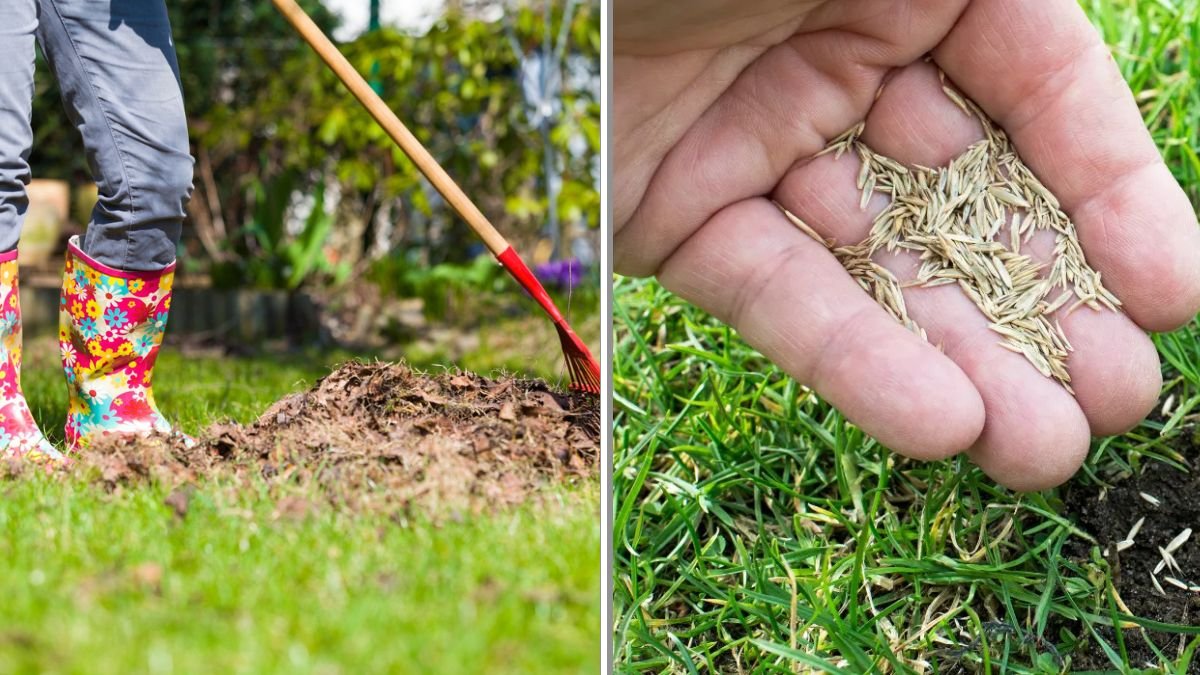Spring is the season when your lawn wakes up from its long winter slumber. As the soil warms, grass begins to grow, roots stretch deeper, and the opportunity to set the stage for a lush, green lawn all year long begins. But jumping into lawn care without a plan can lead to wasted effort and a lawn that struggles through summer heat, pests, or drought.
The key is to focus on the essential spring lawn care tasks that will strengthen your turf, improve soil health, and prevent future problems. Here are five must-do lawn care tasks every spring that professionals swear by.
1. Clean Up Winter Debris
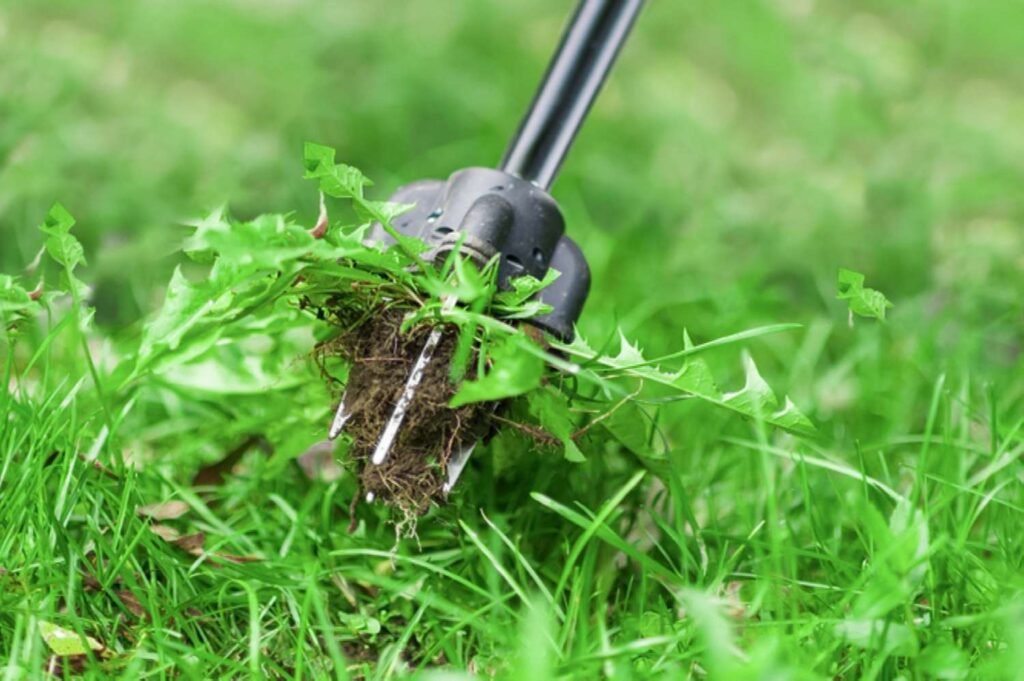
After months of snow, wind, and rain, your lawn likely has leaves, twigs, and other debris scattered across it. Clearing your yard is the first step toward a healthy lawn.
- Rake gently: Use a leaf rake to remove dead leaves, sticks, and matted patches of grass (thatch) that can suffocate new growth.
- Look for snow mold or bare patches: These are common after winter. Raking helps expose grass to sunlight and air, which speeds recovery.
- Avoid raking too early: If the ground is still soggy, wait until it firms up to prevent root damage.
Why it matters: Removing debris improves airflow and allows new shoots to grow without obstacles, reducing disease risks.
2. Aerate Compacted Soil
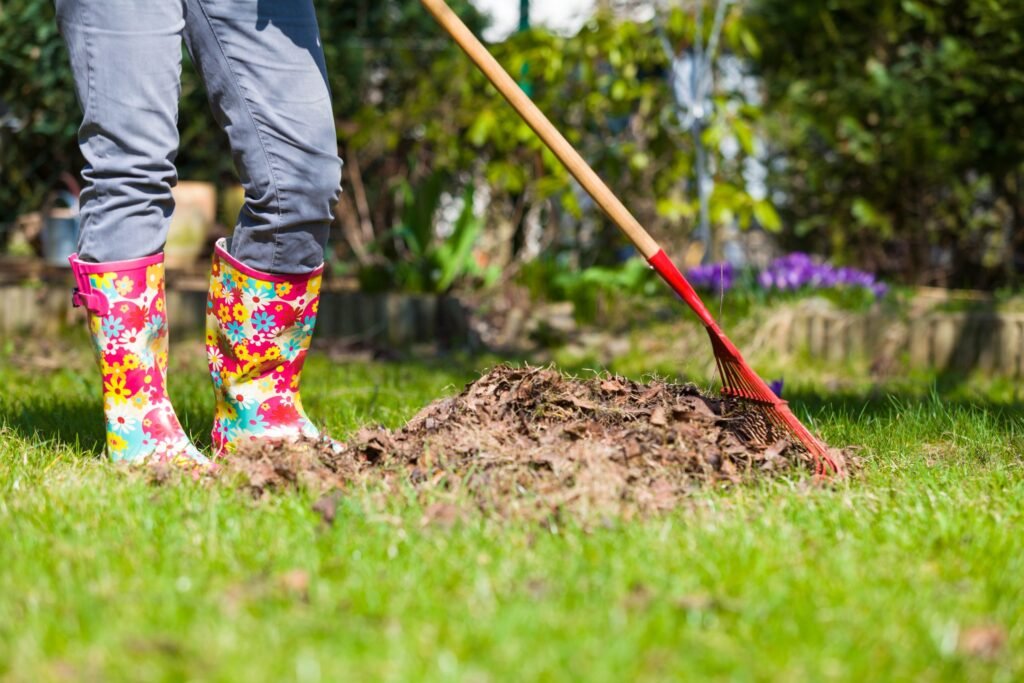
Winter often compacts your soil, especially if you’ve had heavy snow or foot traffic. Compaction prevents roots from getting enough oxygen, water, and nutrients.
- Test for compaction: Try sticking a screwdriver into the soil. If it’s hard to push in, your lawn needs aeration.
- Aeration methods: Use a core aerator (which removes soil plugs) or spike aerator (which pokes holes) to loosen the ground. Core aeration is more effective for long-term results.
- DIY or professional: Rent equipment for small yards, or hire a lawn care service for larger properties.
Why it matters: Aeration promotes deeper root growth, making grass more resilient to drought, heat, and stress.
3. Overseed Thin or Bare Spots
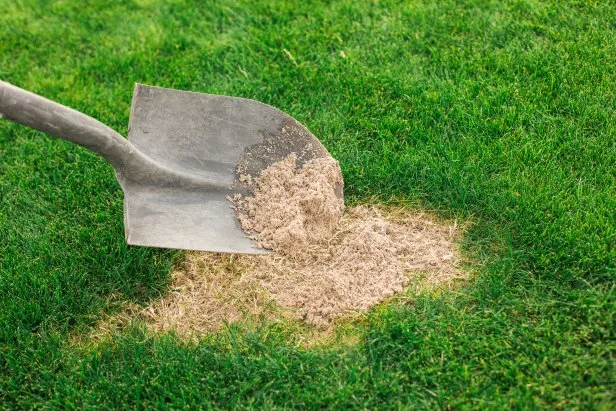
If your lawn has bald patches or areas where grass looks thin, spring is a prime time to overseed. Overseeding fills in gaps, thickens turf, and helps crowd out weeds.
- Choose the right seed: Match your seed to your grass type (cool-season or warm-season) and your region’s climate.
- Prep the soil: Loosen the top layer of soil, remove debris, and spread seed evenly.
- Keep it moist: Water lightly and frequently until new seedlings establish.
- Mix in compost or topsoil: A thin layer of organic matter improves germination and seed-to-soil contact.
Why it matters: A thick, dense lawn looks beautiful and naturally resists weed and pest invasions.
4. Fertilize Wisely
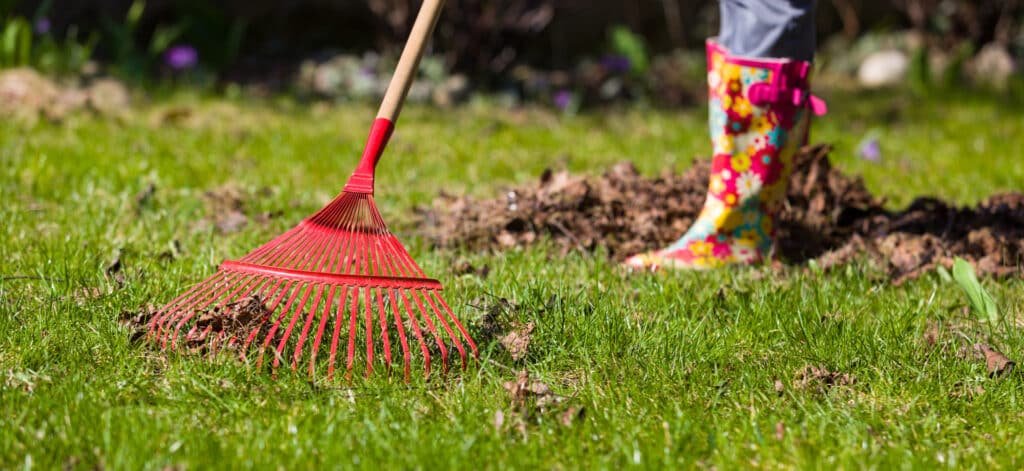
Spring is when grass wakes up hungry, but too much fertilizer can cause rapid, weak growth. The goal is to provide steady nutrition that strengthens roots and fuels healthy blades.
- Get a soil test: Know what nutrients your lawn actually needs before applying fertilizer.
- Choose a slow-release fertilizer: These provide nutrients gradually, avoiding spikes and burnout.
- Timing matters: Fertilize in mid-to-late spring when grass is actively growing (not too early when it’s still dormant).
- Apply evenly: Use a broadcast spreader for consistent coverage.
Why it matters: Proper fertilization gives your lawn a strong start, making it more resilient against summer stress.
5. Control Weeds Before They Spread
Spring is the perfect time to tackle weeds before they take over.
- Pre-emergent herbicides: Apply in early spring to stop weeds like crabgrass before they sprout.
- Spot treatments: For existing weeds like dandelions or clover, hand-pull or use targeted herbicides.
- Natural options: Vinegar sprays, corn gluten meal, or simply mowing higher can suppress weeds without chemicals.
- Consistency is key: Don’t wait until weeds have spread—address them early.
Why it matters: Weeds compete with grass for nutrients and water, leaving your lawn thin and patchy.
Bonus Tips for a Perfect Spring Lawn
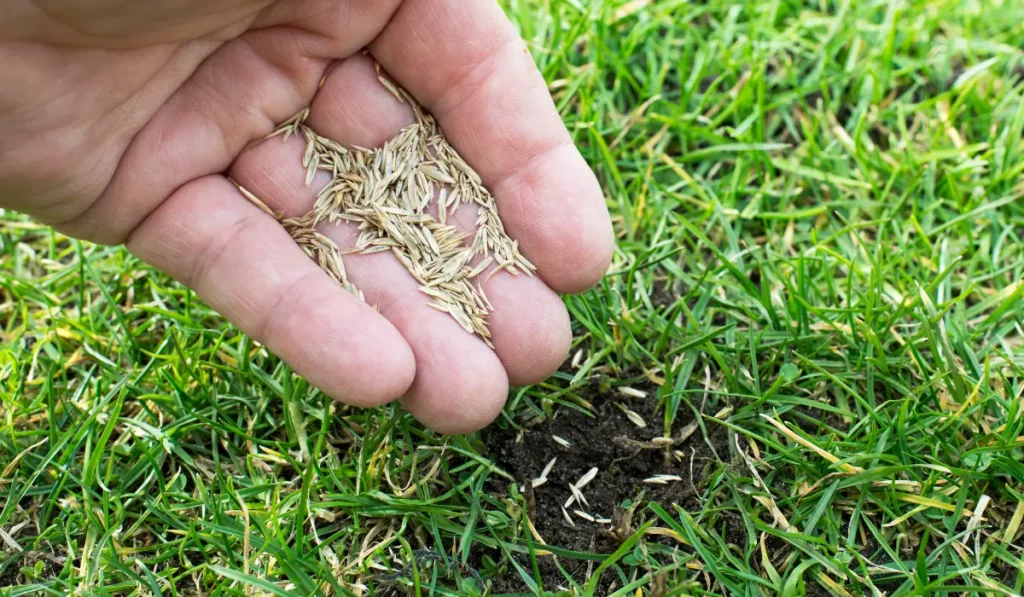
- Sharpen mower blades: A clean cut prevents tearing and disease.
- Adjust mower height: Set blades high (3–4 inches) to encourage strong roots.
- Water wisely: Spring showers often provide enough moisture; avoid overwatering.
- Rotate mowing patterns: Prevent ruts and soil compaction.
Final Thoughts
A vibrant, healthy lawn doesn’t happen by accident—it’s the result of consistent seasonal care. By cleaning up debris, aerating, overseeding, fertilizing, and controlling weeds each spring, you’ll lay the foundation for a lush lawn that thrives through summer and beyond.
Think of spring lawn care as an investment. The few hours you put in now will save you time, money, and frustration later in the year. Best of all, you’ll enjoy a green, healthy outdoor space perfect for barbecues, playtime, and relaxation.
Start these five tasks this spring, and your lawn will reward you with beauty and resilience all season long.
